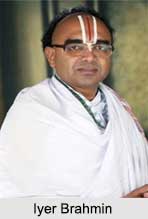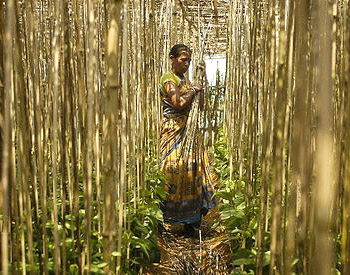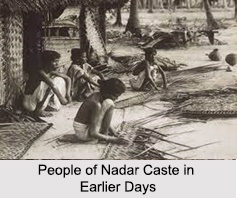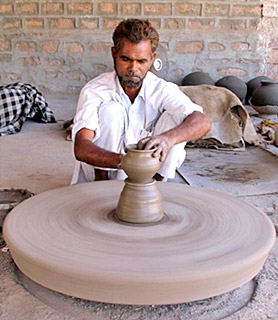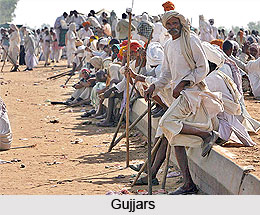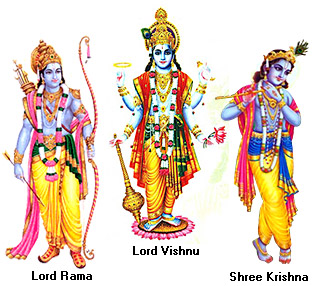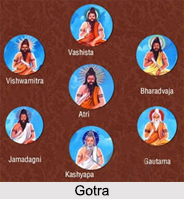Landhora is a town 25 miles east of Sharanpur district in Uttar Pradesh. Landhora Gujjars rose to power during the rule of Aurangzeb. The Parmar (Pawar-Khubad) Gurjar were entitled Bud Gurjars due to their high character and chivalry. In the west of the district, Chauhan Gurjars took the whole area into their possession and thus the whole region became famous by the name of Gurjarat in Aurangzeb`s time. At Dehradun, the Gurjar of Chokar sub caste established there own principalities.
In the year 1739, Nadir Shah looted Delhi and the Mughal Empire, openly lost its dignity. He gave 600 villages to Raja Sabha Chand to set right the unruly Jagirdars of the area. In 1759 Shah Alam the nominal emperor of Delhi came under protection of Maratha. The Rohilla robbers wanted to occupy Delhi. They had freed themselves from the Nawab of Lucknow but in their west the rising power of the Gujjars was hindrance in their way to Delhi, so Najibuddulah Rohilla surrendered a track of land in Rohilkhand it self along the eastern bank of the river Ganges in favour of Raja Nahar Singh, who had a long claim on the track. When Najibuddulah was appointed governor he accepted the full right of Nahar Singh over another 505 villages. Raja Nahar Singh extended his sway up to Ambala in the west and Meerut in the south.
Raja Ram Dayal, who was the elder son of Raja Nahar Singh, was considered brave and also a saintly man. He was famous for his kind and benevolent deeds. He was a great almsgiver to the poor. He Built temples, inns and Ghats. He also constructed palace courts and stables at Landhora. Khushal Singh ascended the throne of Landhora after his father`s death. During the British rule, at the time of Raja Ram Dayal, the British officers established a cantonment at Roorkee with the vivid intentions of suppressing the Gujjar Community. The British officers did not recommend Landhora for a treaty pact to Governor General. A major portion of the state was shown as Khanakhali in the revenue records. Again in the year 1810, another land settlement was carried out. The Emperor advised the Raja to cooperate with the settlement officers but Raja or his representative never talked to the settlement officer so more land was recorded as Khanakhali. After independence of the country, Landhora estate was merged into the Indian union and Gurjar Degree College was established.










